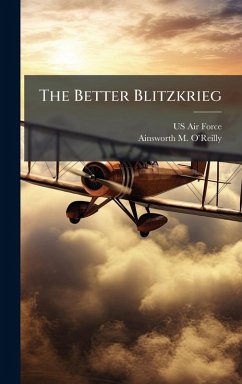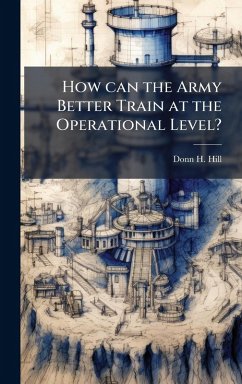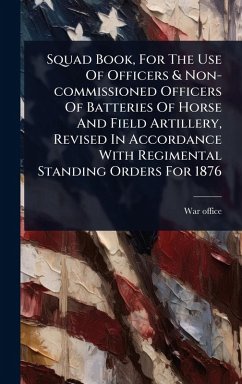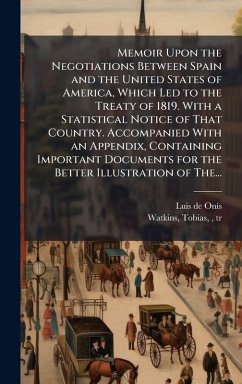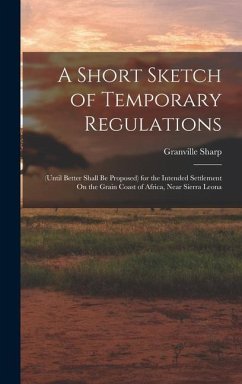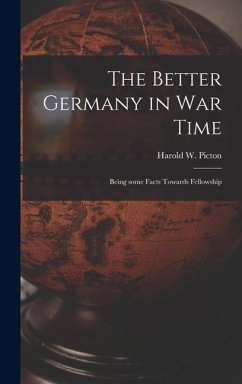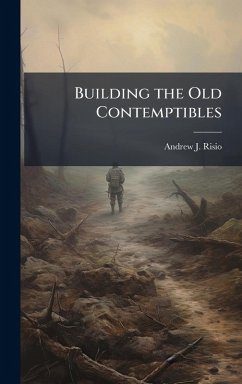
Building a Better Trojan Horse
Versandkostenfrei!
Versandfertig in über 4 Wochen
28,99 €
inkl. MwSt.
Weitere Ausgaben:

PAYBACK Punkte
14 °P sammeln!
Joint urban operations have grown in importance since the early 1990's, with doctrine on the verge of production. This paper captures the joint urban warfare phenomenon of the past decade, its emergence in the field of military art, and the directions that it will likely take. Developing alongside joint urban warfare doctrine is the transformation of the U.S. Army. The transformation will provide the Joint Force Commander new roles and missions for Army forces in the joint team. The study recommends strategic descent as one such role. The descent describes a single powerful blow-a coup de main...
Joint urban operations have grown in importance since the early 1990's, with doctrine on the verge of production. This paper captures the joint urban warfare phenomenon of the past decade, its emergence in the field of military art, and the directions that it will likely take. Developing alongside joint urban warfare doctrine is the transformation of the U.S. Army. The transformation will provide the Joint Force Commander new roles and missions for Army forces in the joint team. The study recommends strategic descent as one such role. The descent describes a single powerful blow-a coup de main-delivered at the outset of a campaign or operation. The descent can provide an early decision in the conflict or seize the initiative for the joint force before it completely arrives into theater. The objective forces of the Army will be capable of non-littoral descents in particular, given their new strategically responsive capabilities. For urban operations, the joint commander can avoid the long buildup of forces by deploying the objective Army forces rapidly to establish U.S. presence in theater. The unique capabilities being developed for the objective force will enrich the joint commander's menu of military options for future joint urban operations. This work has been selected by scholars as being culturally important, and is part of the knowledge base of civilization as we know it. This work was reproduced from the original artifact, and remains as true to the original work as possible. Therefore, you will see the original copyright references, library stamps (as most of these works have been housed in our most important libraries around the world), and other notations in the work. This work is in the public domain in the United States of America, and possibly other nations. Within the United States, you may freely copy and distribute this work, as no entity (individual or corporate) has a copyright on the body of the work. As a reproduction of a historical artifact, this work may contain missing or blurred pages, poor pictures, errant marks, etc. Scholars believe, and we concur, that this work is important enough to be preserved, reproduced, and made generally available to the public. We appreciate your support of the preservation process, and thank you for being an important part of keeping this knowledge alive and relevant.



